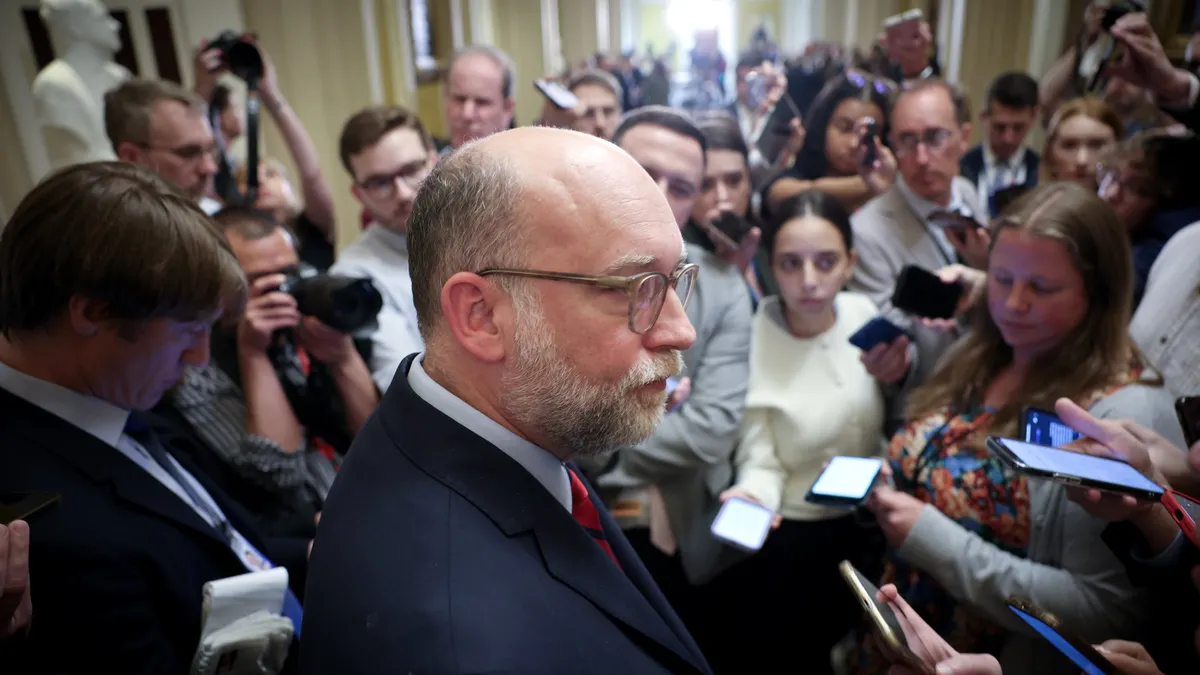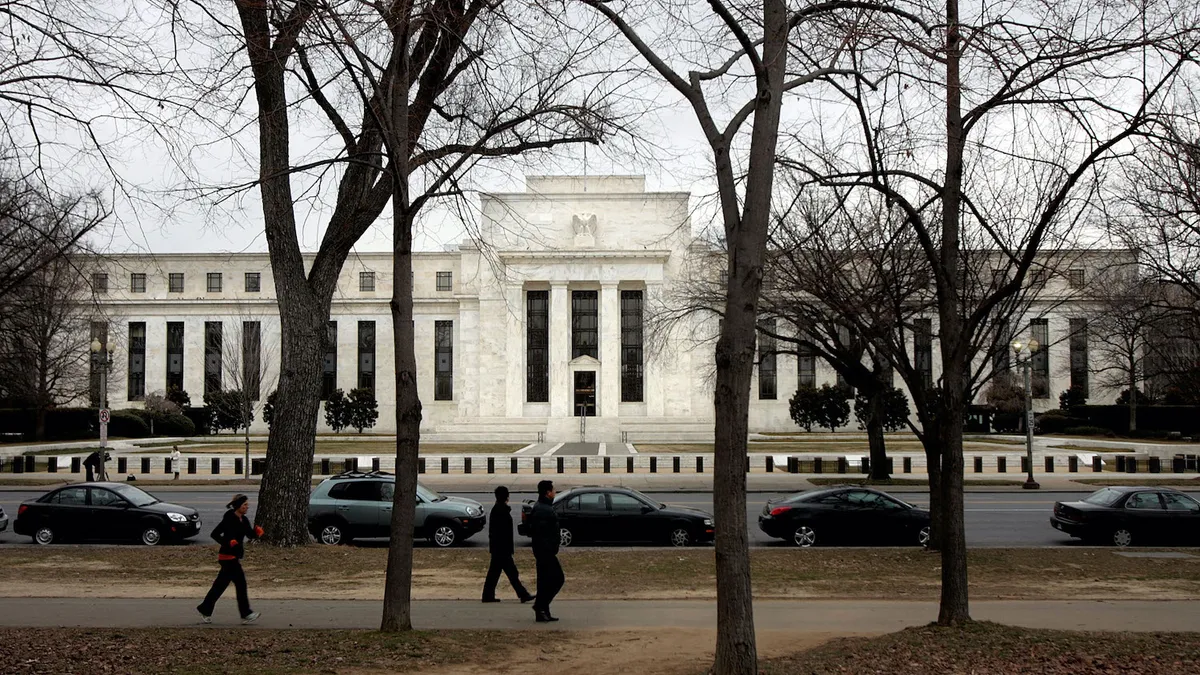Federal Reserve Gov. Michael Barr called last week for the decoupling of stress tests from capital requirements, expressing “deep concern” about changes proposed in April.
Barr, a Biden appointee, has been skittish about the proposals, which would increase transparency and limit year-over-year fluctuations by averaging results over two years. Barr voted against the proposals in April.
“I have deep concerns that the set of changes the board is now considering risks reliance on a stress test that can no longer effectively assess the resilience of the largest banks and lacks credibility, thus putting our financial system and economy at risk,” Barr said during remarks Sept. 25 at the Peterson Institute for International Economics in Washington.
The proposed changes would also give big banks an extra three months to adjust to new capital buffer requirements. The increased transparency requirements follow litigation filed by bank trade associations in December 2024.
Under a stress test, the Fed creates scenarios to test the limits of a bank's abilities to weather adverse conditions, such as a stock market crash, rapidly changing interest rates or unemployment spikes.
Stress tests, first rolled out following the 2007-08 financial crisis, assess whether a financial institution can continue serving its customers during a monetary crisis.
This year’s Fed stress test included 22 banks, which all have sufficient capital to endure a 30% decline in commercial real estate prices and a 33% plunge in housing prices, the central bank said.
The proposed changes to stress testing “represent a policy choice to respond to the litigation by enhancing transparency and promoting public participation, and they are not intended to materially affect overall capital requirements,” Barr said. “But in my judgment, they are a mistake that will make stress testing less rigorous and nimble.”
Barr, who until February served as the Fed’s vice chair for supervision, warned that more transparency, such as the publishing of full stress test details, could enable banks to “game the results to lower their capital requirements.”
As an alternative to the Fed’s plans, Barr proposed decoupling the stress tests from binding regulatory capital requirements, while also increasing those capital requirements.
This route would be the “best way to retain the value of stress testing as a supervisory exercise while maintaining appropriate levels of capital in the system,” Barr said.
The Fed “could approach these statutorily required tests primarily as a supervisory exercise and could thereby retain flexibility to design and adjust the models and scenarios as appropriate to ensure their rigor and robustness,” Barr added.
He acknowledged one downside to that route. “Capital levels for firms that are subject to the stress tests would be relatively less tailored than they currently are and less reflective of the unique business models, exposures and risk profiles of a particular firm,” he said.
To combat this, he proposed individualized capital requirements for banks.
“With these changes, stress testing could maintain its flexibility and adaptability and therefore could retain its value as an effective tool for identifying idiosyncratic risk in a major bank and ensuring that capital is sufficient to address the risk,” Barr said.
But Barr’s proposals would “abandon” the Fed’s current path toward greater transparency in stress testing, said Sarah Flowers, head of capital advocacy for the Bank Policy Institute, in a statement.
“We continue to believe that this approach is poor policy and not consistent with the law or the Board’s recent commitments to the public and a federal court,” Flowers said.
BPI is one of the trade groups that sued the Fed last year over stress testing.
Like Barr, Sen. Elizabeth Warren, D-MA, has spoken out against the Fed’s proposed tweaks to its stress tests.
“It would provide more certainty to a firm regarding its [stress capital buffer] requirement year-to-year,” Warren, the Senate Banking Committee’s ranking member, said in July of the proposal. “Certainty is the opposite of what a stress test is designed to provide.”
In 2020, the Fed – during the first Trump administration – sought to ease capital requirements, which Warren said “watered down key stress testing assumptions, including by eliminating a requirement that big banks pre-fund nine quarters of planned dividends and buybacks.”


















